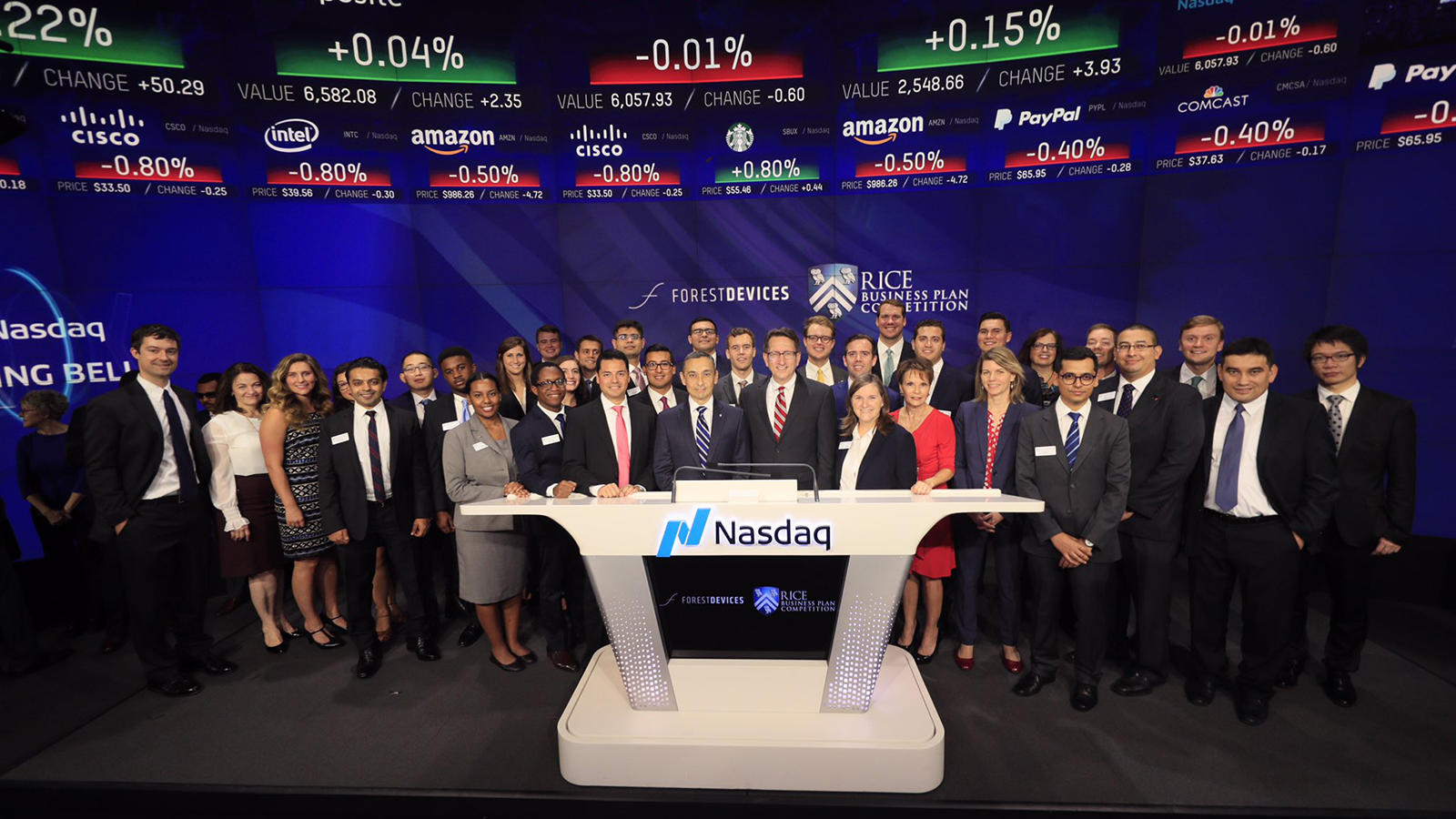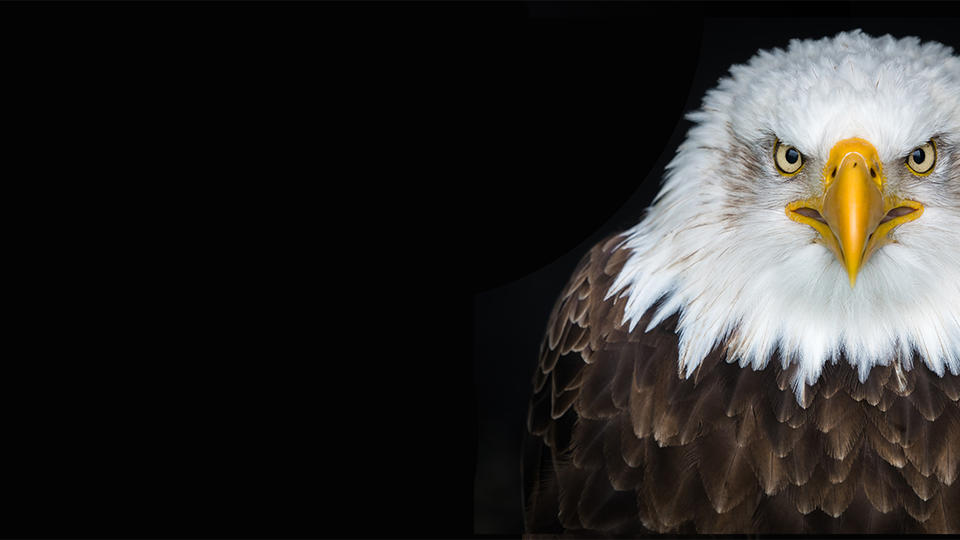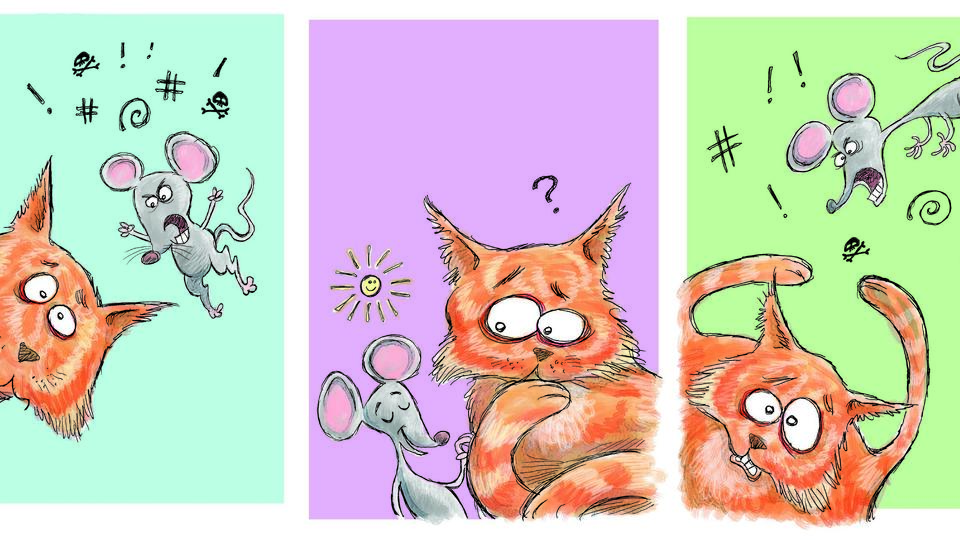Opening bell, July 3, 2019
Ringing today's opening bells are the U.S. Army with Medal of Honor recipient Staff Sergeant David Bellavia at the NYSE and winners of Rice University's 'Rice Business Plan Competition' at the Nasdaq.
Real-time economics: Americans still love the suburbs, factories falter and home builders sputter
Ride hailing services like Uber and Lyft increase road congestion, gasoline consumption, traffic delays—and deaths. "The arrival of ridehailing is associated with an increase of approximately 3% in the number of fatalities and fatal accidents, for both vehicle occupants and pedestrians," Chicago Booth's John Manuel Barrios, and Rice University's Yael Hochberg and Hanyi Yi write.
Video: A 'Spotlight on Health' panel looking at health in the 86th Legislative session
To wrap up a year of focused reporting on heath, Texas Standard brought together three panelists to discuss some of the biggest health issues and challenges facing Texans. Texas Standard Host David Brown talked with Texas Rep. Donna Howard (D-48), LBJ School of Public Affairs Assistant Professor Abigail Aiken and Rice University Adjunct Professor Ken Janda about what did and did not happen in the most recent Texas legislative session when it came to health.
2019 best EMBAs: Celestine Tung
Q&A with Celestine Tung who chose Rice for her MBA because Rice University has a close relationship and partnership with several institutions in the Texas Medical Center, including Baylor College of Medicine. The school is well-respected by senior leadership in all the hospital systems and has a strong reputation among my colleagues. The professors are experts in their field and are excited to share their knowledge and research with their students.
Texas veterans are looking for a few good business people
Veterans buy each other beers, listen to each other’s stories, and provide a shoulder to cry on when the memories become too much. Veterans are usually eager to help, and sometimes, they even invest in another veteran's business.
5 most popular innovation stories in Houston this week
Four different accelerator programs have announced plans to launchHouston programs this year so far. All four programs represent global programs or big companies recognizing the potential in Houston, which according to Yael Hochberg, head of the Rice University Entrepreneurship Initiative, is a key part of the equation.
Rice Business Plan Competition winner to ring Nasdaq opening bell
The winner of the 2019 Rice University Business Plan Competition (RBPC) will ring Nasdaq’s opening bell on the day before Independence Day. Vita Inclinata Technologies from the Mitchell Hamline School of Law in St. Paul, Minnesota, will perform the ceremonial opening of the Nasdaq Stock Market trading day at 9:30 a.m. CDT on Wednesday, July 3.

The winner of the 2019 Rice University Business Plan Competition (RBPC) will ring Nasdaq’s opening bell on the day before Independence Day.
Vita Inclinata Technologies from the Mitchell Hamline School of Law in St. Paul, Minnesota, will perform the ceremonial opening of the Nasdaq Stock Market trading day at 9:30 a.m. CDT on Wednesday, July 3.
Vita, based in Denver and Seattle, is pioneering new, innovative hardware solutions for daily safety challenges in aerospace, construction and other dangerous industries. Vita’s first product, the Load Stability System, was created to solve the deadly swinging of helicopter hoisting and sling-load systems.
Vita CEO Caleb Carr will be joined by Brad Burke, managing director of the Rice Alliance for Technology and Entrepreneurship, which hosts the annual business plan competition, and Will Roper, the U.S. Air Force’s assistant secretary for acquisition.
A live webcast of the Nasdaq opening bell will be available at https://new.livestream.com/nasdaq/live. To receive a photo of the Vita team and Rice representatives at Nasdaq, email jfalk@rice.edu.
What: Ringing of Nasdaq opening bell.
When: Wednesday, July 3, 9:30 a.m. CDT. The ceremony begins at 9:25 a.m.
Where: Nasdaq MarketSite, 4 Times Square, 43rd and Broadway, Broadcast Studio, New York City.
Vita won nearly $700,000 of the record $2.9 million in cash and prizes awarded at the world’s richest and largest student startup competition April 4-6.
“We are honored to win the Rice Business Plan Competition,” Carr said. “It has opened doors to new resources and relationships that have accelerated our progress, and ringing the Nasdaq bell is an example of that. It is an extreme honor for me and my team and another opportunity that the Rice Business Plan Competition has provided us.”
Held at Rice’s Jones Graduate School of Business and described by Forbes magazine as “the Super Bowl and World Series of business plan competitions,” the 2019 RBPC brought 42 university teams from across the globe to pitch their new technology businesses to more than 300 venture capital and investor judges. Judges evaluated the businesses based on the investment potential.
More than 140 corporate and private sponsors support the business plan competition.
Since the RBPC’s inception in 2001, when nine teams competed for $10,000, more than 229 competitors have gone on to successfully launch their ventures and are still in business today or have sold. Past competitors have raised nearly $2.3 billion in funding and created more than 3,000 new jobs.
For more information, contact Jeff Falk, associate director of national media relations at Rice, at 713-348-6775 or jfalk@rice.edu.
Follow the Rice Business Plan Competition via Twitter @RBPC.
Follow Rice’s Jones Graduate School of Business via Twitter @Rice_Biz.
Follow Rice News and Media Relations via Twitter @RiceUNews.
Related materials:
Webcast:
https://new.livestream.com/nasdaq/live
Feed information:
Fiber Line (Encompass Waterfront): 4463
Gal 3C/06C 95.05 degrees West
18 mhz Lower
DL 3811 Vertical
FEC 3/4
SR 13.235
DR 18.295411
MOD 4:2:0
DVBS QPSK
Social media:
For multimedia features such as exclusive content, photo postings, status updates and video of bell ceremonies, please visit Nasdaq’s Facebook page:
For photos from ceremonies and events, visit Nasdaq’s Instagram page:
For news tweets, visit Nasdaq’s Twitter page:
For viral content and ceremony photos, visit Nasdaq’s Tumblr page:
Photos:
To obtain a high-resolution photo of the market close, go to www.nasdaq.com/reference/marketsite_events.stm and click on the market close of your choice.
The Rice Alliance for Technology and Entrepreneurship is Rice University’s nationally recognized initiative devoted to the support of technology commercialization, entrepreneurship education and the launch of technology companies. Since inception of the Rice Alliance, more than 2,300 early stage companies have participated at the 185 programs hosted by the alliance and raised nearly $7.2 billion in funding.
Breaking down Houston's 4 new startup accelerator programs
It's official — 2019 is the year of accelerators in Houston. Four different accelerator programs have announced plans to launch Houston programs this year so far — and they are all bringing something different to the table. All four of the programs represent global programs or big companies recognizing the potential in Houston, which, according to Yael Hochberg, head of the Rice University Entrepreneurship Initiative, is a key part of the equation.
Mad Skills
When is anger persuasive, and when is it just off-putting?


Based on research by Hajo Adam (former Rice Business professor) and Jeanne M. Brett
When Is Anger Persuasive, And When Is It Just Off-Putting?
- Past research shows that getting visibly mad during negotiations brings concessions.
- But new research shows that the level of anger affects the negotiation’s end result. Some anger is better than none. Too much is a problem.
- Displays of anger can have side effects, harming long-term relationships.
The negotiations have dragged on for weeks, as you finalize the merger between your company and an industry powerhouse. The deal makes perfect sense, pushing both companies to grow in a way they couldn’t do individually.
But whenever you think it’s finally time for a handshake, your counterpart backs off. The next talks are tomorrow and you’re seething. What to do? Keep an even keel and keep talking? Walk off? Or wig out?
Former Rice Business professor Hajo Adam and Northwestern University professor Jeanne M. Brett looked closely at this type of negotiation, which, they point out, is not dissimilar from other types of negotiation, whether in the boardroom or at home.
According to previous studies, expressing anger in a negotiation yields clear benefits. Now the researchers wanted to understand whether all displays of anger are equal.
It turns out, they’re not. Moderate-intensity anger made the negotiator look tough and spurred larger concessions than no anger. But high-intensity anger came off as inappropriate, and was less effective than a show of moderate-level anger.
The trick, in other words, is learning how to calibrate anger displays for the best outcome.
As anger intensity rose, Adam and Brett found, concessions rose, too. But at a certain point, as anger escalated, the concessions started to fade. Like a powerful medicine that also saps bone strength, powerful displays of ire during a negotiation had side effects, damaging long-term relationships.
To track the effects of heated negotiations, the researchers tapped 226 undergraduate students from across the United States (88 men, 138 women, average age 21) to take part in face-to-face talks involving a student project. Then the researchers studied a second group with 170 participants (79 men, 90 women, one unspecified, average age 37) as they took part in a computer-mediated/online negotiation about mobile phone sales.
The professors used various methods to take the negotiators’ emotional temperature. In the first study the participants were paired off, with one student instructed to use anger as a negotiating tool. After the encounter, the other student rated his or her partner’s anger on a scale of 1 to 5.
In the second study, the professors manipulated statements including “This negotiation is starting to make me the slightest bit upset” and “This negotiation makes me TOTALLY UPSET!” In this instance, the participants expressed negative feelings about their counterparts even at low levels of anger, but the feelings got markedly worse at higher levels.
These findings, the researchers note, signal a need for further understanding of the full range of emotions that can erupt during a deal making process. “It would be interesting,” they write, “to explore the influence of intensity with respect to emotions that are common in negotiations besides anger, such as happiness, disappointment or pride.”
Until then, Hajo and Brett advise, if you find yourself in talks and the person across the table is clearly playing games, go ahead and flash a bit of temper. Signal that you’re tough. But, the pair warns, it’s critical to use common sense. Go too far, get too rough, and you’ll not only fail to get the outcome you want, you may poison the relationship you need to do further business. Launching a merger, it turns out, can benefit from the same advice once given to young folks starting a marriage. There’s nothing wrong with showing some temper. But don’t go so far that your negotiating partner goes to sleep mad at you.
Hajo Adam was formerly an assistant professor of management at Jones Graduate School of Business at Rice University. He is now at University of Bath’s School of Management.
To learn more, please see: Adam, H. & Brett, J. M. (2018). Everything in moderation: The social effects of anger depend on its perceived intensity. Journal of Experimental Psychology, 76, 12-18.
Never Miss A Story
Keep Exploring
On the money: Subscription plans make life easier, but costs can add up
So how can you decide the value (financial and otherwise) for yourself? Utpal Dholakia, a professor of marketing at Rice University, has a simple suggestion. Ask yourself: If I didn't have this service today, would I buy it again? If no, toss it. If yes, keep it and enjoy.

